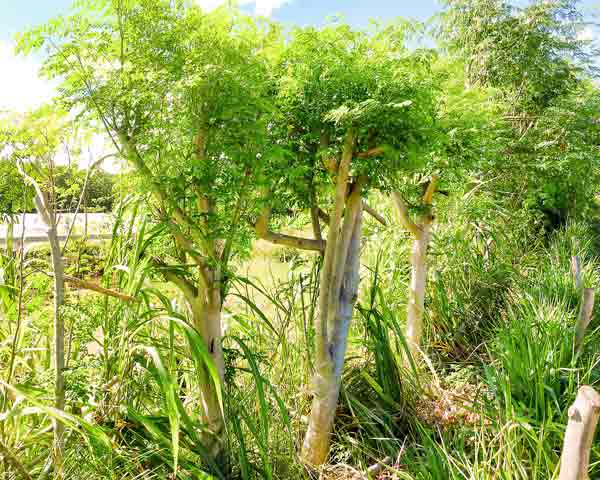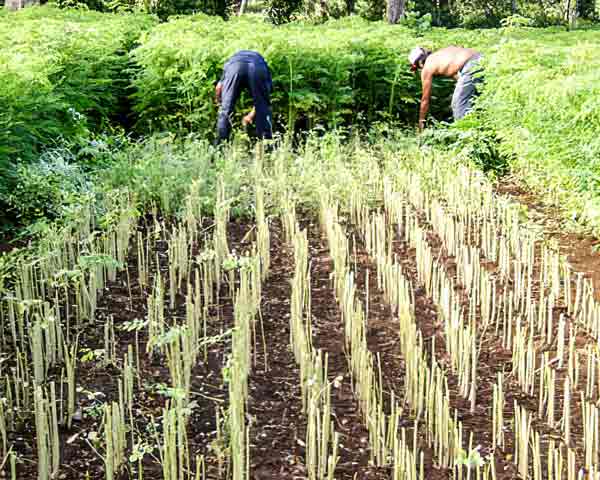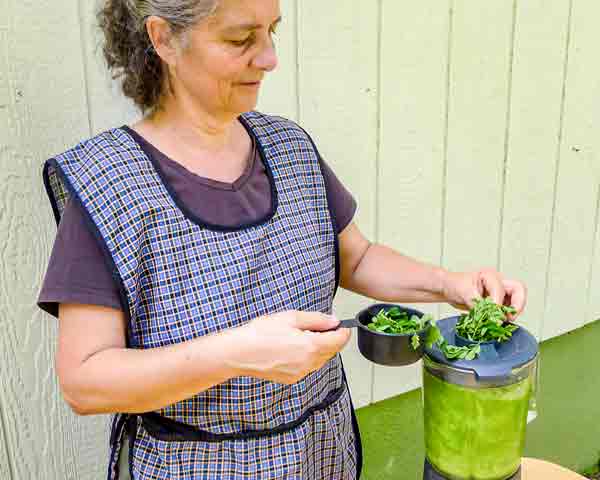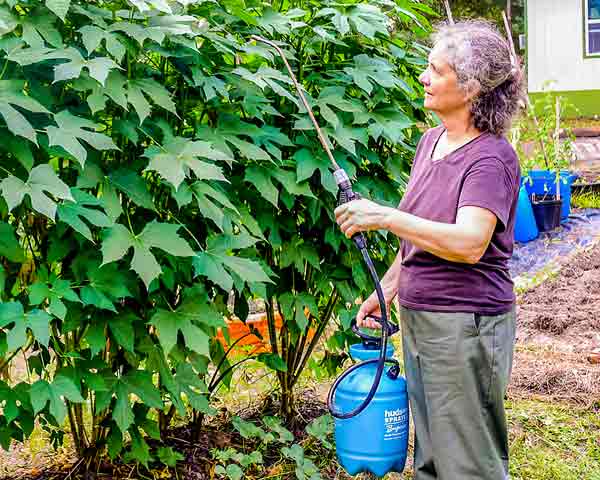How to Make Moringa Growth Stimulant Spray
A Powerful Plant With a Global Reputation
Moringa oleifera is an amazing small tropical tree. It is sometimes called “the Miracle Tree” or “Mother’s Best Friend” in Africa because its leaves are so nutritious.
Moringa leaf powder, pills, drinks, skin cream, soap, and tea are now widely sold online and through health food stores.
The tree has many other uses as well. For example, moringa trees can be pruned to about 6 feet or two meters and used as living fence posts that supply nutritious food and fodder.


Closely planted moringa can be harvested up to 10 times a year by cutting the trees back to 8 inches above the ground. The yield of leaves is enormous and those not needed as food can be used as fodder.
The harvested moringa leaves can also be used to improve our garden and farm soil as mulch or in high quality compost. This approach makes moringa an excellent edible green manure crop.
The seeds of moringa can produce an good cooking oil, called ben oil. The crushed seeds are also very effective in purifying drinking water. All of this makes Moringa oleifera a model multi-use plant.
Wait! There's More?
Yet another use for moringa has recently been discovered that could be especially valuable to low-income gardeners and farmers. Agricultural scientists from all over the world have been experimenting with a spray made from the diluted juice of young moringa leaves to stimulate the growth of other crops. The list of crops tested with the moringa leaf spray include tomatoes, cabbage, okra, cowpeas, wheat, plums, beans, peanuts, sorghum, onions, peppers, coffee, and soybeans. They all showed increased growth rate and increased total yield. In addition, several of the studies confirmed greater resistance to drought, salt, pests, and disease as well as improved seed germination.
This benefit is largely from zeatin, a plant hormone that is easily extracted from tender young moringa leaves. The protein, vitamins, and minerals in moringa may also contribute to the improved growth.
Make It Yourself
Researchers have used several different methods of making the moringa leaf spray. If you are ready to try it, here is a very simple method:
First: harvest and strip off some young moringa leaves.
Then: blend 1 cup of the leaves in a liter of water. Strain this liquid and dilute it with a second liter of water.


Pour this into a spray bottle. We add a drop of liquid soap to help the spray stick on the leaves. For larger gardens and fields, a pump-up or backpack sprayer works well. If you don't have a blender just fill an old sock with the moringa leaves and pound it with a rock. Then slosh the sock around in 2 liters of water and wring it out. The diluted moringa leaf juice is most effective when it is sprayed on your garden plants once every two weeks until harvest. Morning or evening, when it is a bit cooler, is usually the best time to spray.
If you don't have a sprayer, dipping a brush in a pail of the diluted leaf juice and flipping it onto the plants will also work.
Studies done in Nicaragua, India, Egypt, Nigeria, and Pakistan, showed 20-35% increases in yield for a wide variety of crops from spraying the diluted moringa juice once every 2 weeks.
Low-income growers usually can’t afford to invest in better land, more fertilizer, or better equipment to increase their income. But better agricultural information is something we can all afford. Moringa leaf spray could be an easy, home-grown technique for gardeners and small farmers to produce more food from their limited space.
Thanks for watching.
View this video on YouTube (and subscribe to our channel at Leaf for Life @ YouTube)